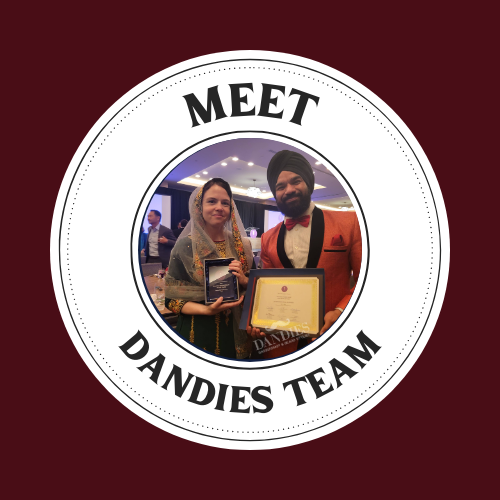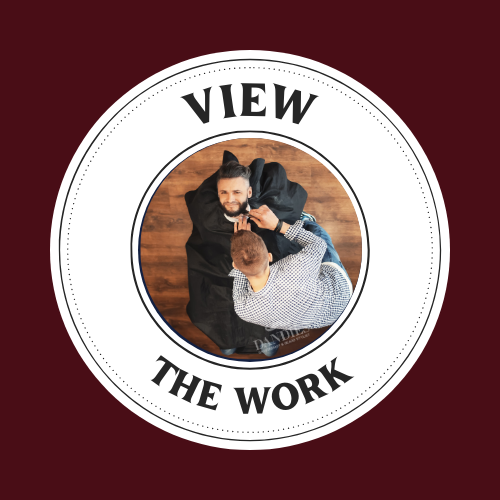The mullet haircut is a distinctive hairstyle that has been both celebrated and ridiculed over the decades. With its characteristic short front and sides and long, flowing back, the mullet has a rich history and a significant cultural impact. In this blog, we'll dive into the world of the mullet, exploring its origins, variations, and its enduring legacy as a symbol of individuality.
The origins of the Mullet
The term "mullet" is believed to have originated in the United States in the 1960s. The word "mullet" was initially used to describe a hairstyle that combined short, neatly trimmed hair on the top and sides with long, unruly hair in the back. While the name is relatively recent, the concept of a hairstyle featuring a short front and sides with long hair in the back has roots that stretch back centuries.
In the 1970s and 1980s, the mullet gained popularity in the United States, particularly among athletes and rock stars. It became synonymous with rebellious youth culture and non-conformity.
A classic mullet typically features the following elements:
Short Front and Sides: The hair on the top, front, and sides of the head is cut relatively short. It can range from a crew cut to a more moderate length, but the key is that it's shorter than the hair in the back.
Long Back: The defining feature of a mullet is the long hair at the back. This section can be left to grow naturally or styled in various ways, such as straight, curly, or even permed, depending on individual preferences.
Versatility: The mullet is a versatile haircut that can be adapted to different lengths and styles. You can have a subtle or a bold mullet, depending on how pronounced you want the contrast between the front and back to be.
Variations of the mullet haircut:
The Classic Mullet: As described above, the classic mullet maintains the signature short front and sides with a long, flowing back.
Business in the Front, Party in the Back: This variation maintains the contrast between short and long hair but can be more subdued, making it more suitable for professional settings.
The Shaggy Mullet: This style features a more relaxed and tousled look, emphasizing the carefree, rebel spirit of the mullet.
The Modern Mullet: Some contemporary versions of the mullet combine trendy elements, such as fades and undercuts on the sides, with the traditional long back.
The mullet haircut is more than just a hairstyle it's a symbol of rebellion and non-conformity. While it may be met with mixed opinions, it continues to be a relevant and iconic style for those who want to express themselves and stand out from the crowd. The mullet's ability to adapt and change with the times is a testament to its timeless appeal, making it an enduring piece of hair history. So, whether you love it or loathe it, the mullet is here to stay, reminding us that sometimes, it's the unique and unconventional that capture our attention and admiration.






